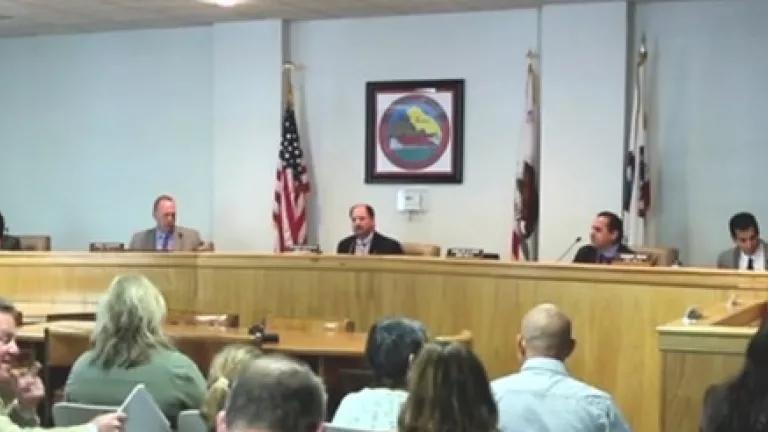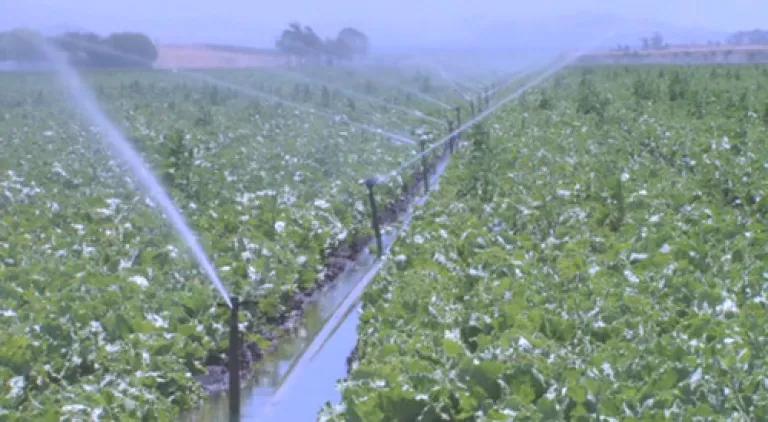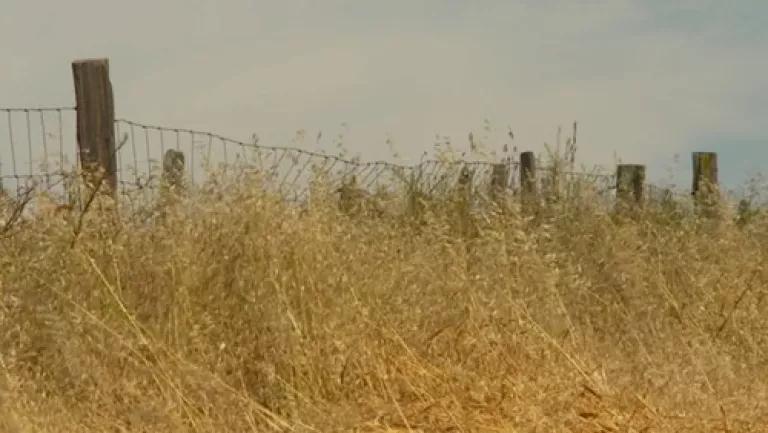
Last week, one rural county in central California took a big leap forward to protect its communities by passing groundbreaking regulation governing hydraulic fracturing (“fracking”) and other oil and gas extraction operations.
Supervisor Anthony Botelho (center) speaks at the San Benito County Board of Supervisor's meeting.
On June 18th, the San Benito County Board of Supervisors voted 5-0 to amend the County’s outdated oil and gas regulation and put in place novel notice, chemical disclosure, bonding, insurance, water testing, and other requirements that expressly apply to the operators of wells that engage in drilling, fracking, and other well stimulation activities.
The ordinance is a major victory for the residents of the County and a testament to the hard work of a group of concerned and dedicated community members. It is also a reminder that sometimes when the state and federal government are bound up by bureaucracy and stymied by special interests, the local level can still act with alacrity. Residents of neighboring Monterey County have already expressed interest in replicating parts of the ordinance. If San Benito County can do it, other cities and counties can too.

Fracking is the injection of large volumes of water and toxic chemicals deep into the ground at high pressure to break up rock and release oil and gas for extraction. Fracking is an industrial process that not only changes the character of an area, but also puts air and water quality at serious risk. It’s no secret that fracking is happening here in California, but what is largely secret is where, when, how, and with what chemicals it is taking place, and with what consequences to our water, air, and public health.
That is because fracking has been taking place in a regulatory vacuum. The state and federal governments have largely dropped the ball on fracking. The Division of Oil, Gas, and Geothermal Resources (DOGGR)– the state agency charged with overseeing the drilling, operation, and maintenance of oil and gas wells – currently does not have any regulations that specifically address hydraulic fracturing. Fracking is also exempt from many federal disclosure and environmental regulations, including the Safe Drinking Water Act, public right-to-know provisions of the Emergency Planning and Community Right-to-Know Act, and the Resource Conservation and Recovery Act.

In the face of state lags and federal loopholes, San Benito County understood that it could not sit around and wait for someone else to pick up the ball. The County is in the California Coastal Range Mountains and has rolling golden hills, quaint towns, green valleys, big and small farms, the Pajaro River, and a lot of local spirit. In short, too much was at stake to let fracking put a treasured place and way of life at risk.
After an oil and gas exploration company was spotted conducting seismic surveys of the area in June 2012, a group of citizens got together, formed an activist group called Aromas Cares for Our Environment (ACE), educated themselves and their neighbors about fracking, and began a dialogue with their local elected officials about putting safeguards in place to protect local air quality and water supplies. A year later, the ordinance has passed.
A chart explaining some of the additional protections afforded under the new ordinance and comparing them with the County’s old oil and gas regulation is available here.
The ordinance is not perfect. But it is a powerful step forward in the community-led fight to inform and protect residents from fracking. We hope that the County’s story will spur other cities, counties, and the state to take action.
Photo Credit: Agricultural fields near Hollister, California, a small city in and the county seat of San Benito County (credit NRDC).

